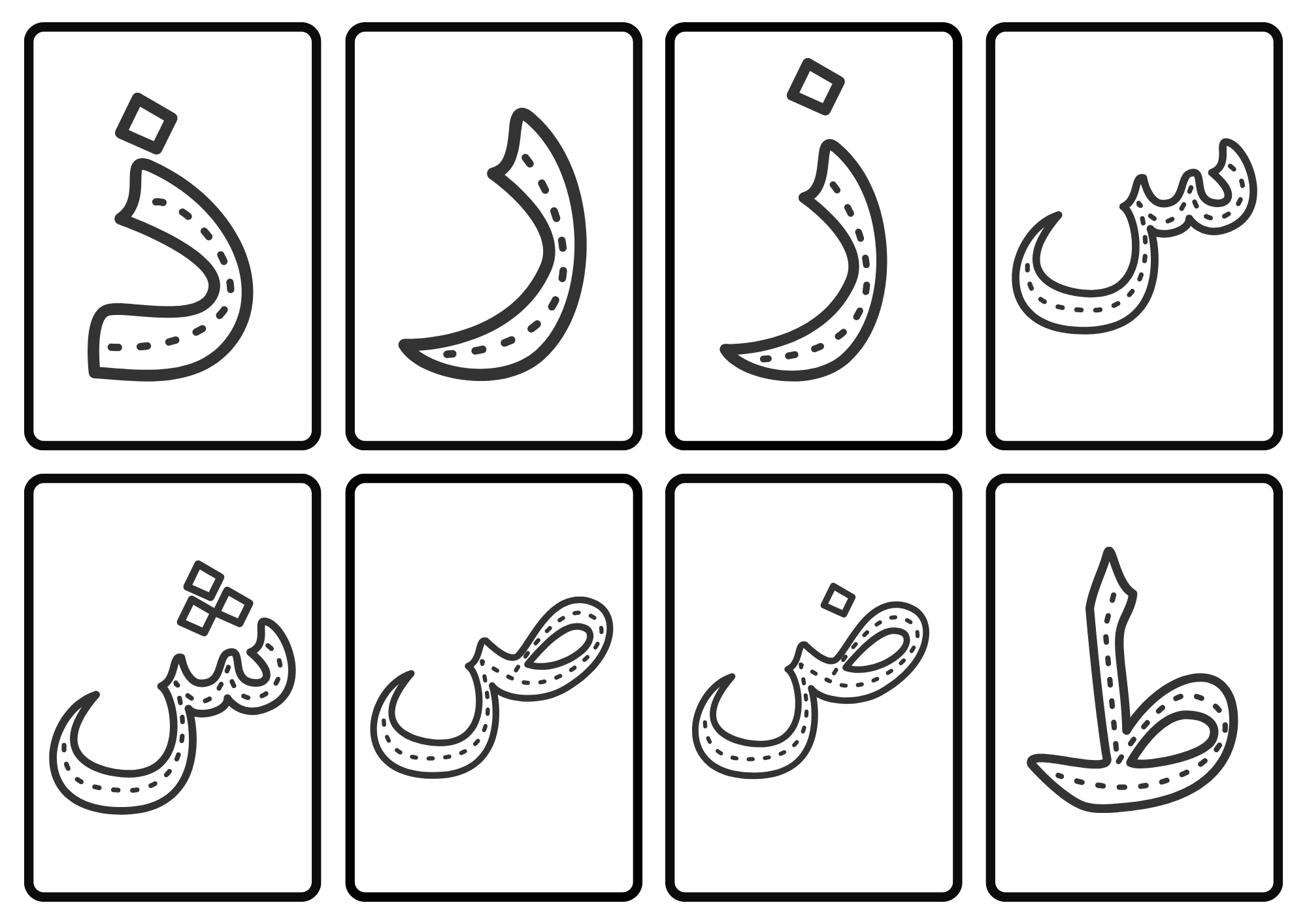Learning the Arabic Alphabet: Your Gateway to Fluency in Dialects and Modern Standard Arabic

Learning the Arabic Alphabet: Your Gateway to Fluency in Arabic
Imagine strolling through a vibrant market in Cairo or Beirut, the air buzzing with voices, the signs bursting with colorful script. You want to order a steaming plate of shawarma or ask for directions—but the letters on the menus and street signs look like elegant, indecipherable squiggles. Sound familiar? That’s where the Arabic alphabet swoops in to save the day. It’s not just a collection of 28 letters; it’s your key to unlocking fluency in both Modern Standard Arabic (MSA) and the lively dialects spoken across the Arab world. Whether you dream of chatting with locals in Moroccan Darija or reading a classic Arabic novel, mastering the alphabet is your essential first step.
In this guide, we’ll dive into why the Arabic alphabet is a must-learn, break down its quirks, and arm you with practical tips, fun facts, and free resources to make the journey engaging and effective. Let’s transform those mysterious squiggles into your ticket to Arabic fluency!
Why the Arabic Alphabet Is Your Fluency Foundation
The Arabic alphabet isn’t just a stepping stone—it’s the bedrock of your language journey. Here’s why it’s non-negotiable for mastering both MSA and dialects:
- Universal Starting Point: The same 28 letters underpin MSA (the formal language of media and literature) and every dialect, from Egyptian to Gulf. Learn it once, and you’ve got a foundation to pivot between formal and casual speech.
- Pronunciation Precision: Arabic boasts unique sounds—like the throaty "ع" (ayn) or the sharp "ق" (qaf)—that don’t exist in English. Knowing the alphabet helps you pronounce them like a pro.
- Reading and Writing Skills: Want to decode a menu, a tweet, or an Arabic poem? The alphabet is your entry pass.
Fun Fact: Arabic is written and read from right to left, and its letters shapeshift depending on their position in a word—initial, medial, final, or isolated. It’s like each letter has a wardrobe of outfits!
Breaking Down the Arabic Alphabet: What You’re Working With
The Arabic alphabet has 28 letters, all consonants except for three long vowels (ا, و, ي). It might look intimidating at first, but with the right mindset, it’s totally conquerable. Here’s the rundown:
- Letter Shapes: Every letter has four forms based on its spot in a word. Take "ب" (ba): it’s بـ at the start, ـبـ in the middle, ـب at the end, and ب alone. Cool, right?
- No Short Vowels (Usually): In most Arabic texts, short vowels are implied, not written. You’ll guess them from context, but don’t sweat it—this clicks with practice.
- Unique Sounds: Letters like "ح" (haa), a breathy exhale, or "غ" (ghayn), a guttural growl, challenge your vocal cords in new ways.
Quick Tip: Use mnemonics to lock in letter shapes. Picture "ج" (jeem) as a fishing hook—it’s got a curve and a dot like bait!
Your Step-by-Step Guide to Mastering the Arabic Alphabet
Ready to roll? Here’s how to tackle the Arabic alphabet with confidence and flair:
1. Get Familiar with the Written Form
- Chunk It Up: Don’t overwhelm yourself with all 28 letters at once. Learn 5 a day—by day six, you’ll have them all! Use flashcards or the Anki app for spaced repetition.
- Visual Boost: Explore TenguGo’s Arabic Alphabet, an interactive chart showing each letter’s forms and sounds. It’s perfect for visual learners.
- Write It Out: Grab a pen and practice writing each letter multiple times. Muscle memory is your friend here.
2. Master the Pronunciation
- Listen and Repeat: Arabic’s unique sounds—like the emphatic "ص" (saad) or the soft "ث" (tha)—need practice. Audio is your secret weapon.
- Free Resource: Check out Nassra Arabic YouTube channel for free audio clips of each letter. Mimic native speakers until it feels natural.
- Record Yourself: Say the letters aloud, record with your phone, and compare to native audio. Apps like Speechling offer feedback to fine-tune your skills.
3. Connect the Alphabet to Dialects and MSA
- Shared Roots: The alphabet stays consistent across MSA and dialects, but pronunciation shifts. For instance, "ق" is "qaf" in MSA but often a "g" sound in Gulf dialects.
- Wordplay Example: The word "كتاب" (kitaab = book) is close in MSA and dialects, but the accent changes—think “kee-tab” versus “ki-tab.” The alphabet lets you spot these links.
- Engaging Story: A learner once confused "ر" (ra) and "ز" (za), saying “I love rice” instead of “I love grapes” at a market. Hilarity ensued—proof that pronunciation practice pays off!
4. Make It Interactive and Fun
- Gamify Learning: Try Memrise for alphabet games that turn study into playtime.
- Join the Crowd: Hop into Reddit’s r/learn_arabic community. Ask questions, share wins, and stay motivated with fellow learners.
- Start Simple: Test your skills with Duolingo’s Arabic course, which kicks off with the alphabet.
Overcoming Common Challenges
Every learner hits a few bumps. Here’s how to smooth them out:
- Similar Letters: Letters like "د" (daal) and "ذ" (dhaal) look alike but sound different. Mnemonic trick: "ذ" has a dot—like a thorn—so it’s pricklier to say!
- Sound Struggles: That "ع" (ayn) sound feeling impossible? Practice by gargling water slightly—it mimics the throat action.
- Motivation Dips: Celebrate small victories, like reading your first word on a sign. Each win fuels the next.
Fun Fact: A study in the Journal of Educational Psychology found interactive learning boosts engagement by 30%. So, lean into those tools and communities!
Why This Journey Is Worth It
The Arabic script isn’t just letters—it’s a gateway to a world spoken by over 400 million people. Mastering it means:
- Confidence Boost: You’ll go from squinting at squiggles to reading words and sentences.
- Cultural Access: Dive into Arabic books, films, or social media posts.
- Real Connections: Whether it’s MSA for formal chats or dialects for street talk, the alphabet bridges the gap.
Final Pep Talk: Think of the alphabet as your passport to the Arab world. With every letter you learn, you’re closer to fluency—and to ordering that shawarma like a local.




What’s your biggest hurdle with the Arabic alphabet? Drop a comment below—I’d love to help! Let’s keep this learning adventure going together.
Leran Arabic Online




